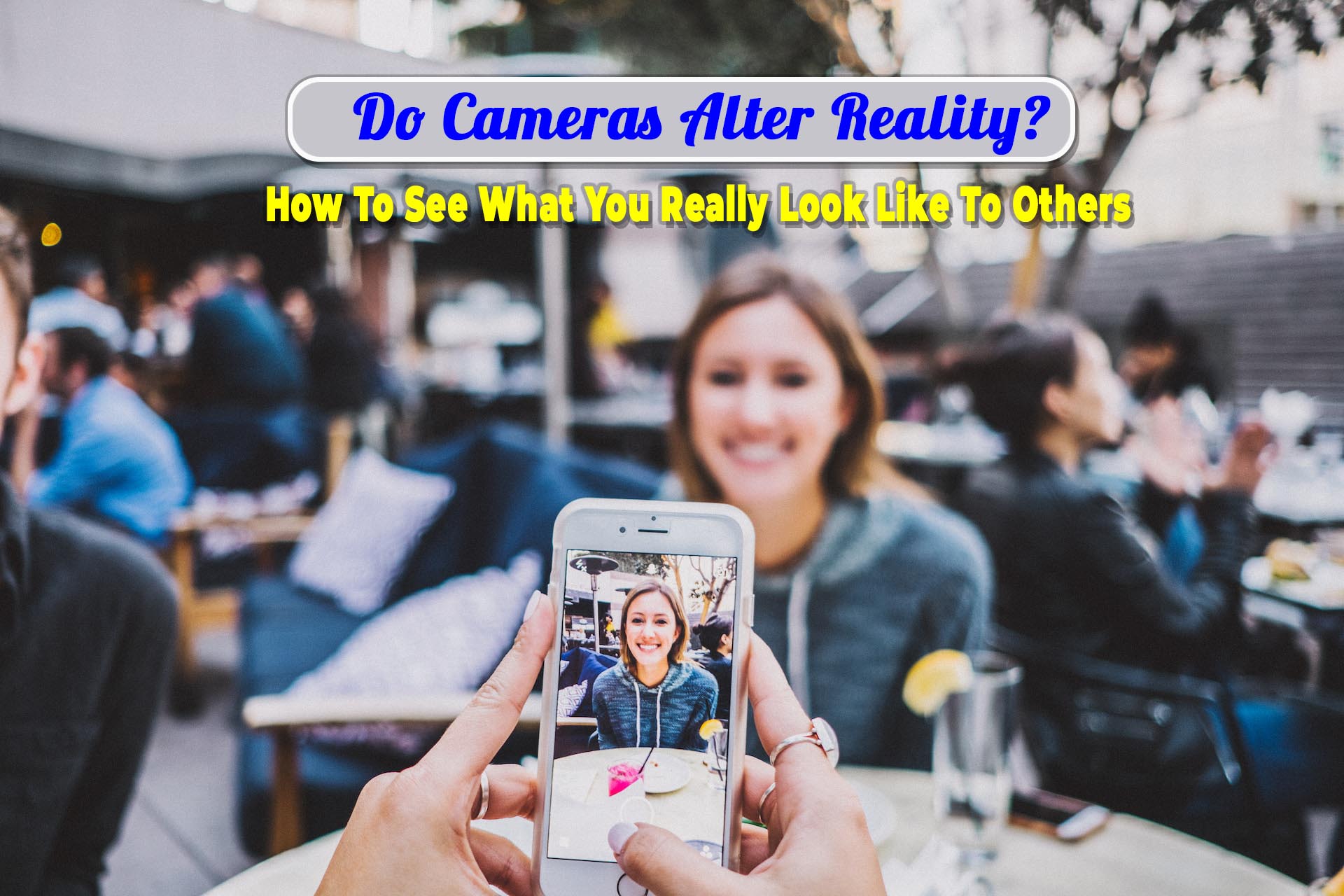Have you ever noticed how different you can look in photos compared to glancing in the mirror? One minute, you’re feeling yourself; the next, you see a picture and think, “Woah, do I really look like that?” Don’t worry; it’s not just you. The camera lies. How To See What You Really Look Like To Others.
The lens through which we view the world – literally and figuratively – distorts our perception of reality in strange and fascinating ways. Anyone wanting to make a statement this season will find this stunning looks the ideal inspiration
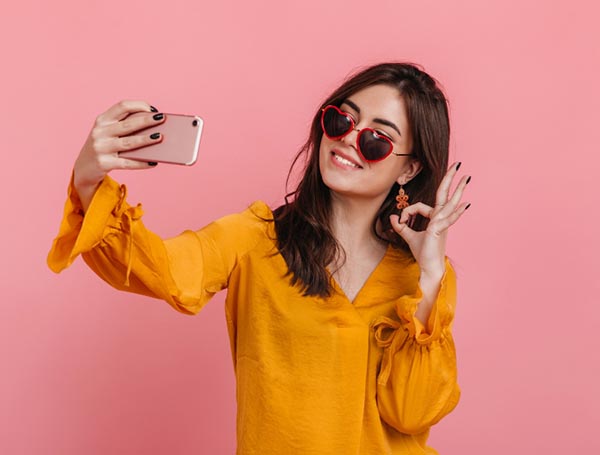
In this deep dive into the psychology and science of selfies, portraits, and human vision, you’ll discover how angles, lighting, and the tricks our mind plays on us create a photo version of ourselves that’s not always the most flattering or accurate. The truth behind the lens is that what the camera captures differs from the full you. Here’s why.
Read Also:
- Unveiling Potential: Women in the Workplace 2023 Embracing Leadership
- Normcore Fashion Trends 2023: Making the Mundane Marvelous
How well do pictures represent what you look like?
How often do you look at your picture and ask? “Do I look better in the mirror or real life”? You’re not alone. The camera always lies about our appearance, and there are a few reasons why.
For starters, lenses distort our features. Wide-angle lenses can make our noses look bigger and reshape our faces. Telephoto lenses have the opposite effect, flattening and compressing our parts. The type of lens used and how close it is to our front directly impacts how we appear in photos.
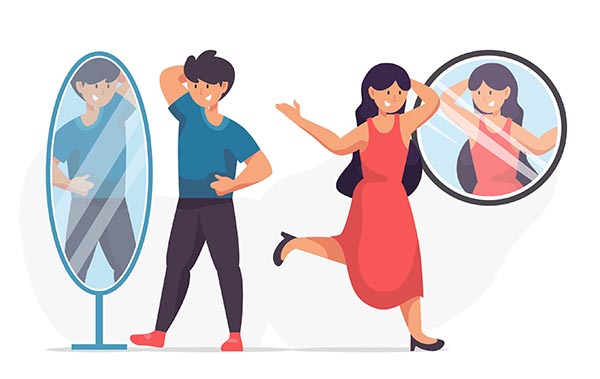
Lighting also plays tricks on us. Harsh lighting from below shadows our eyes and emphasizes flaws. Bright light washes us out and obscures details. Side lighting accentuates the contours of our face, altering perceived depth and shape. How we’re lit in a photo can dramatically change how we look.
But the biggest deceiver is our perception. We’re used to seeing ourselves in mirrors, not photos, so we perceive our mirror image as our “normal” appearance. But pictures show us as we are, flipping our mirror image. This clash between how we perceive ourselves and appear in photos creates cognitive dissonance, making us think we don’t look “right.”
Camera: A Lens to a New Perspective
The camera may not outright lie, but between lenses, lighting, and perception, the person we see in photos often seems like a stranger. The camera has radically transformed the way we perceive and record the world.
Women adore snapping pictures to save those priceless moments for later reflection. From capturing life’s precious moments to documenting scientific discoveries, this remarkable invention has enriched our lives. Its evolution from analog to digital has made photography and videography accessible to all, fostering creativity and preserving memories.

As a window to the world, the camera shapes our perception and understanding of reality. The camera is more than a mere tool; it’s a window to the world, offering unique perspectives and capturing moments that shape our perception and understanding of reality. It freezes time, unveils beauty, and reveals the intricacies of our diverse world.
Also Read:
- Pitru Paksha Shradh 2023: 16 Days of Ancestor’s Worship
- Beyond Trends: Embracing Pioneering Sustainability in the Fashion Industry
It’s All About the Angles: Why Do Camera Make People Look Different?
Have you ever wondered why do I look different in Photos? This is not the outcome of your overactive imagination. The Big Question- “Do cameras change the way you look?”
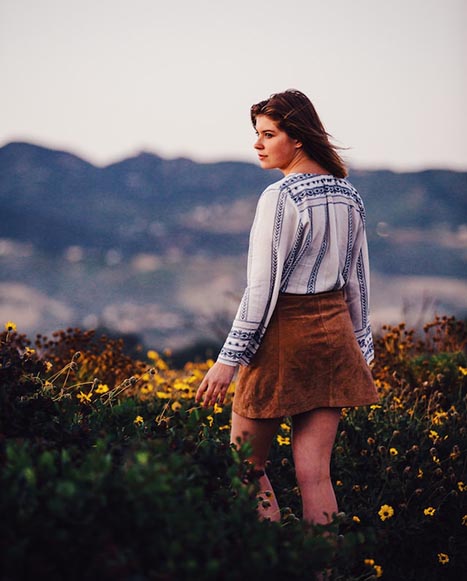
When taking a selfie or posing for a close-up, the angle from which the photo is taken can make a huge difference in how we look. The purpose of this blog to give clarity on “Do we look better in the mirror or real life?”It will help you understand how to see what you really look like to others. In today’s fast-paced world, it’s hard to keep up with everything, especially when it comes to beauty.
An image captured from slightly below eye level, looking up at the face, will emphasize the jawline and make the subject appear more authoritative or masculine. A photo taken from above the subject, angled down, can make the face seem wider or more infantile. The most natural and flattering angle for most people captures the front straight on.
The Importance of Light in Photography
Lighting also Lies. Harsh, direct lighting from the front washes out facial features, hides contours, and creates shadows. Side lighting, where the light source is coming from one side of the face, enhances contours and brings out details but can also emphasize imperfections. Diffused lighting, where light is scattered and indirect, is the most natural and flattering for portraits. It reduces shadows and creates an even, balanced look.
The camera may capture our likeness, but it also fibs. Understanding how angles, lighting, and other photographic techniques manipulate how we appear on photographs gives us the power to control how we look. We can play up certain features or downplay others depending on which side of ourselves we want to share with the world. Perception is reality, even if the camera bends the truth.
Illumination’s Influence: How Different Lighting Alters Perception
First and foremost let’s understand the effects of light on humans. How lighting hits your face can significantly impact how you appear in photos—Have you ever noticed how you look different in selfies versus photos taken by others?
Ever wondered how to truly perceive yourself in photographs? Whether it’s for personal confidence or professional reasons, understanding how to see what you really look like to others.
The camera lens acts as a filter, capturing and translating whatever light is available into the image—4 Types of lead to different effects. Important to understand-how To See What You Really Look Like To Others
4 Types of Lights in Photography
Lighting is paramount in photography. This guide explores four crucial lighting types and offers insights on how to optimize them.
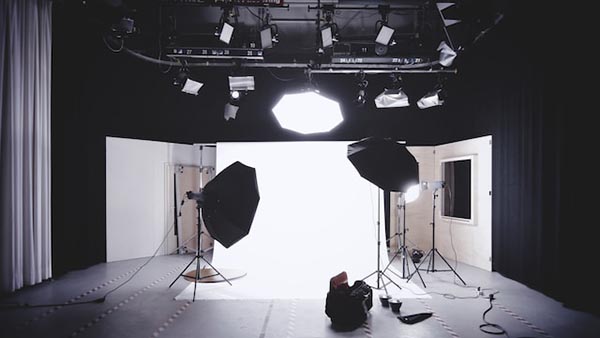
Natural Lighting:
Sunlight or daylight provides a dynamic source, changing with time and weather. It offers diverse qualities, from the softness of dawn and dusk to the intensity of the midday sun, making it ideal for various photography situations and ambiance creation.
Incandescent Lighting:
Incandescent bulbs emit warm, soft light due to the tungsten filament. They create a cozy atmosphere, suitable for homes and intimate settings, but are less energy-efficient than modern alternatives.
Fluorescent Lighting:
Fluorescent lights are energy-efficient, producing cool, even illumination. They’re common in offices, commercial spaces, and areas where a consistent, bright light is required.
LED Lighting:
LED lights are highly versatile and energy-efficient. They come in various color temperatures, from warm to cool, making them adaptable to diverse settings. LEDs are the choice for residential and commercial applications due to their efficiency and longevity.
Additional Types of Lights in Photography
Beyond the standard lighting types, explore additional illuminating elements that can add depth and creativity to your photographic compositions
Harsh Overhead Lighting
Overhead lighting, like in office buildings or classrooms, cast shadows on the face that obscure your features and create a dull, washed-out effect. The bright light shining directly down on you emphasizes flaws and an uneven skin tone. This type of lighting is the least flattering and makes most people appear older and more tired in photos.
Dim or low light
Low light requires a longer exposure, which can result in blurry photos. Adequate lighting must illuminate your face properly and reduce sharpness and detail. While moodier, low-lit images may be artistic, they often do not capture a realistic likeness.
Based on the lighting conditions, the camera captures the hand it was dealt at that moment. Learning to identify flattering and unflattering types of lighting can help you make adjustments to improve how you photograph. Subtle changes like facing a window or stepping into an open shade can affect your appearance on camera. With practice, you’ll be manipulating light like a pro in no time.
Mind Games: Why and how our brains deceive us?
Our brains play tricks on us in photos that warp our perception of our appearance. Have you ever wondered Why do I look different in photos vs real life? It’s not just the camera—our minds deceive us too.
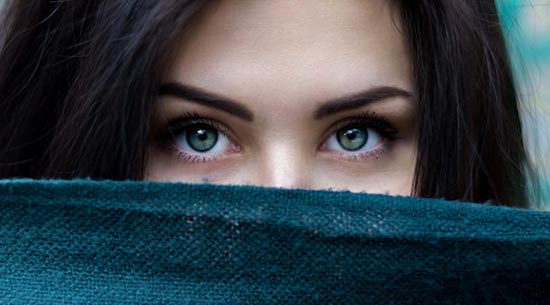
Photo by Alexandru Zdrobău
Human perception is highly subjective. We see the world differently based on our unique experiences, biases, and interpretations. When viewing photos of ourselves, our brains tend to zero in on perceived “flaws” and imperfections that often go unnoticed by others. We scrutinize details about our appearance that aren’t captured in the photo, like how we think our voice sounds or mannerisms we have.
Framing the Picture
How to frame a picture? Frame Effect and composition significantly impacts how we view ourselves. A photo taken from an unflattering angle, in awkward lighting, or that only captures part of us can make us look distorted. Our brains fill in the missing details, usually in a negative way. The more constrained and selective the photo is, the more our minds rely on assumption and imagination to construct our self-image.
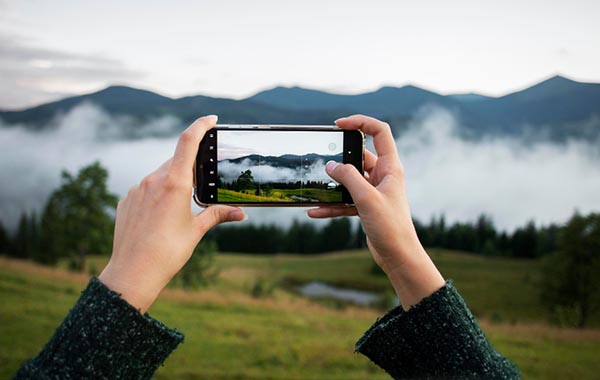
Delve into the art of self-perception in photos, uncovering the truth about ‘How To See What You Really Look Like To Others.’ This will help to gain insights into the camera’s influence and discover techniques for a more accurate self-image.
The Role of Familiarity in Making a Better Photograph
We are overly familiar with our faces, so we notice even tiny details that seem out of place. Others viewing the same photo likely don’t perceive these minor “flaws” or imperfections. Our familiarity causes us to develop an idealized mental image of how we think we should look. Photos often don’t match this image, resulting in a skewed sense of attractiveness and self-esteem.
Familiarity Breeds Contempt.
The camera may capture our likeness, but it can’t replicate how we see ourselves in our mind’s eye. Our self-perception is colored by a lifetime of memories, experiences, and biases. Learning to challenge negative or unrealistic thoughts about our appearance and focusing on our best qualities can help overcome the tricks our minds play on us in photos. The truth is, we are usually our own worst critics.
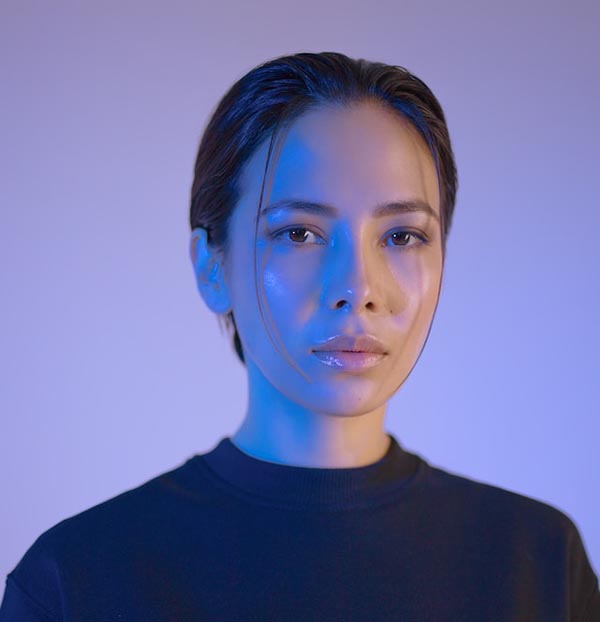
How To See What You Really Look Like To Others?
Why do certain individuals appear more photogenic? This phenomenon arises because a camera compresses a three-dimensional scene into two dimensions, which can enhance some people’s features. Moreover, altering focal lengths can manipulate perspective, as our eyes naturally perceive depth through wide-angle stereo vision. Is it possible to look better in pictures than in real life? Lets sum up what we have observed.
Caught Between Frames: The Art of Cinematic Storytelling
In photography, storytelling hinges on a delicate interplay of segments, lighting, angles, and framing. Each element is a brushstroke on the canvas of a cinematic narrative. Here are a few of the most common reasons photos lie about our appearance. To understand how to see what you really look like to others, we must know all about, lens, lighting, angles and familiarity.
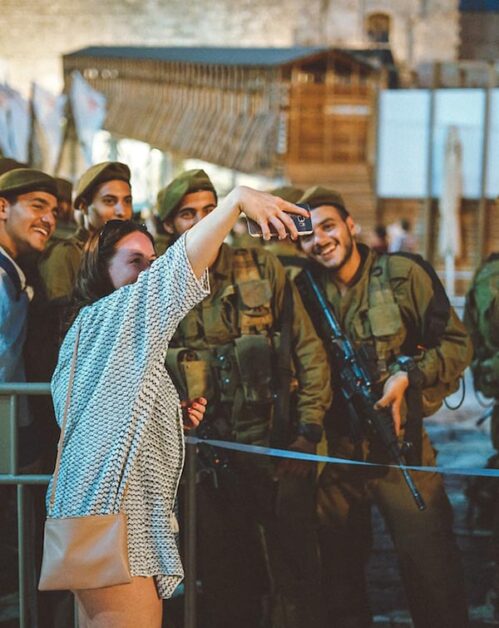
Lens Distortion
The type of lens used in a camera can warp how we look in an image. Like those in selfie cameras, wide-angle lenses can make things closer to the lens appear larger. This is why selfies often make our noses look bigger! Telephoto lenses have the opposite effect and compress facial features, making the distance between our eyes, nose, and mouth appear closer together.
Lighting
The way we’re lit in a photo has a huge impact on how we look. Harsh, direct lighting from the front can make facial flaws more prominent and cast unflattering shadows. Side lighting, like in a selfie, often makes one side of our face appear darker. Natural, diffuse lighting is the most flattering and helps avoid shadows and overexposure. Flash photography also washes us out, creating a “deer in the headlights” effect.
Angles
The angle at which a photo is taken matters greatly. A photo taken from slightly above eye level is the most flattering for most people. Selfies shot from below often emphasize double chins and widen our faces, while pictures from high angles can make us look intimidating or distort our features. A straight-on shot is the most realistic but not always the most flattering.
Familiarity
We’re just more used to seeing our mirror image in real life. Photos show us as we are, reversing our features. Since our faces aren’t perfectly symmetrical, the reversal can make us look off to our own eyes in photos even though others may not notice the difference. Our brains prefer the familiar mirror view!
The camera does add pounds—but only because of optics, not calories! Understanding the factors influencing how we perceive ourselves in photos can help us take and choose more flattering shots. Or we can blame the camera for the difference between our selfies and self-image.
Also Read: Why Are Hybrid Cars Becoming More Popular in India in 2023?
FAQ: How To See What You Really Look Like To Others
How can I see my true image?
To see your true image, use a mirror, a well-lit area, and maintain a natural, relaxed posture. Ensure the mirror reflects your image accurately and without distortion.
How can I improve my photography skills?
To enhance your photography skills, practice regularly, study composition principles, understand your camera settings, experiment with different lighting conditions, and seek inspiration from other photographers’ work.
How can I avoid red-eye in photos?
To prevent red-eye, ensure proper lighting, use red-eye reduction mode, position the subject away from the camera’s flash, or employ external lighting sources.
Conclusion
So the next time you feel disappointed. And want to know the secret- How To See What You Really Look Like To Others. Rremember that the camera is sometimes telling the truth. Your eyes, mind, and the tricks of the camera lens are conspiring to present an image that isn’t full of you. You’re so much more than a frozen moment captured through a narrow lens. You’re a dynamic, multidimensional human being. Don’t let a photo undermine your self-confidence or make you question your perception of yourself. You know the real you – and that person is pretty amazing.
Our Digital Imprints:
Anuj Mahajan is a Mass Communication Specialist,
ICF Certified Coach & Corporate Trainer. Motivational Speaker / NLP Lifecoach.
Chief Operating Officer: Nuteq Entertainment Pvt Ltd, and
Co-Founder: Trendvisionz – A Premier Digital Marketing Agency in India
Get Connected to us with our Newsletters-Transforming Lives… Creating the magic. Just – Believe ~ Practice ~ PerformBizTech Chronicle… Navigating Tomorrow’s Tech Frontiers 🚀
Join my LinkedIn Group: Digital Marketing, Content Creation World Group
Follow me on Twitter or LinkedIn. Check out my website.
